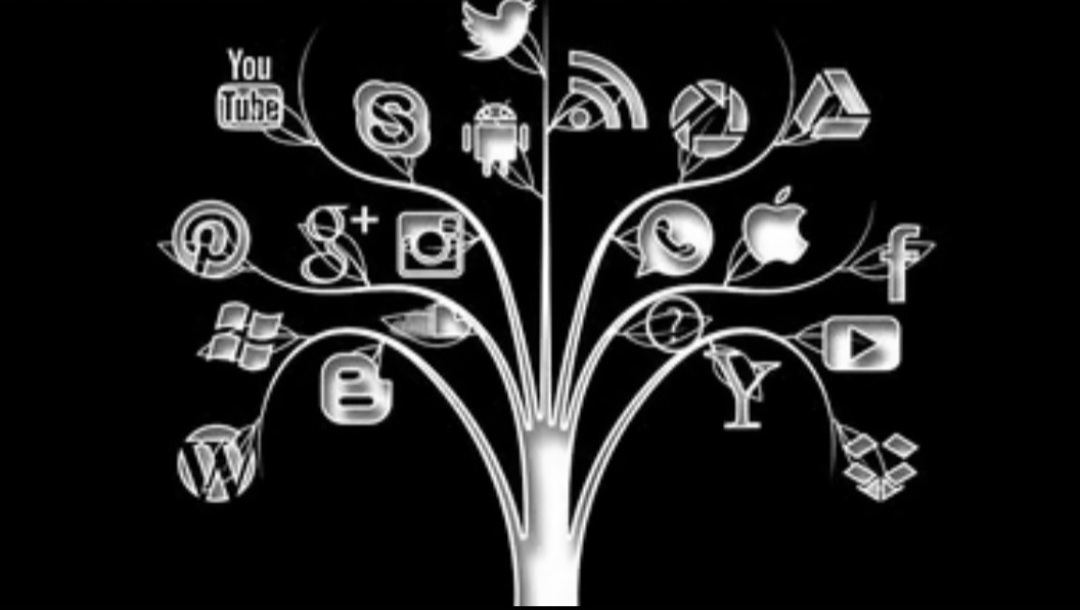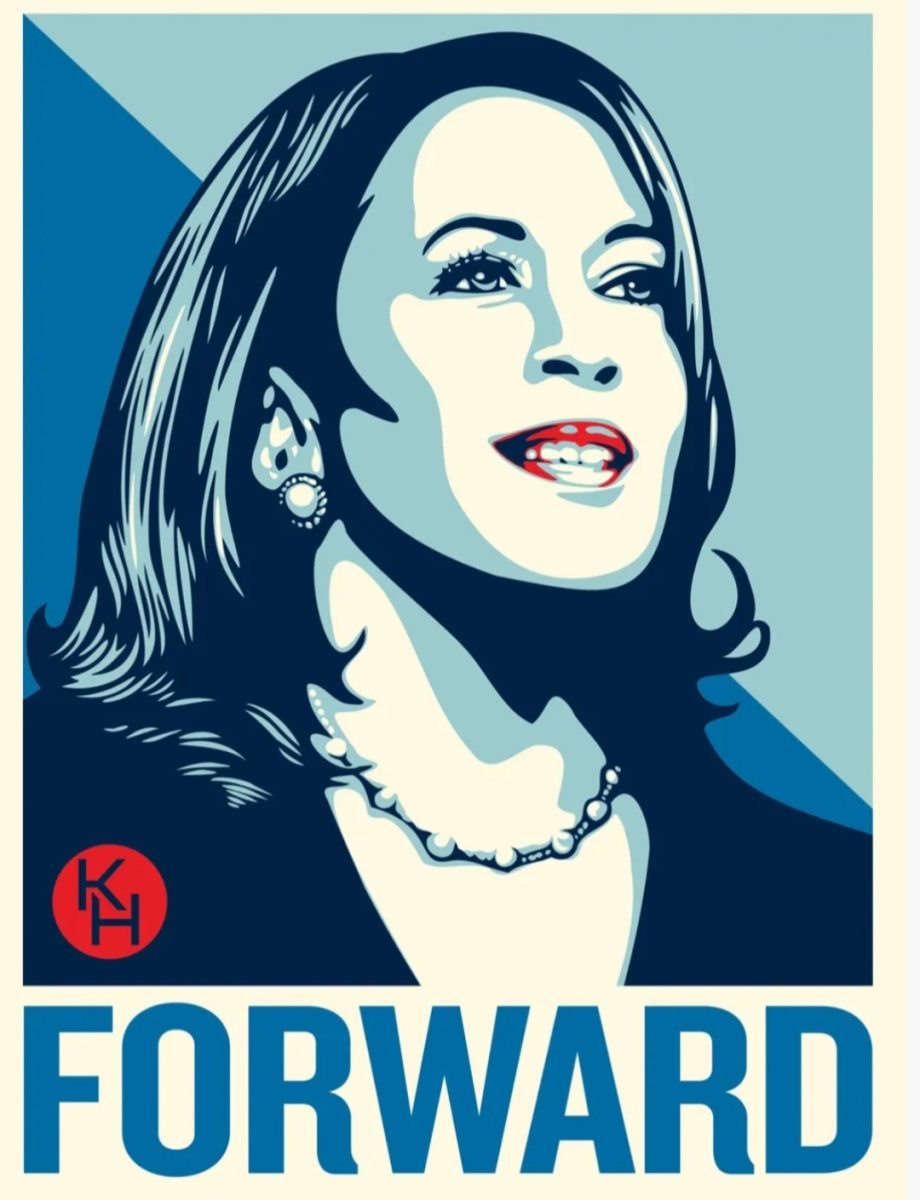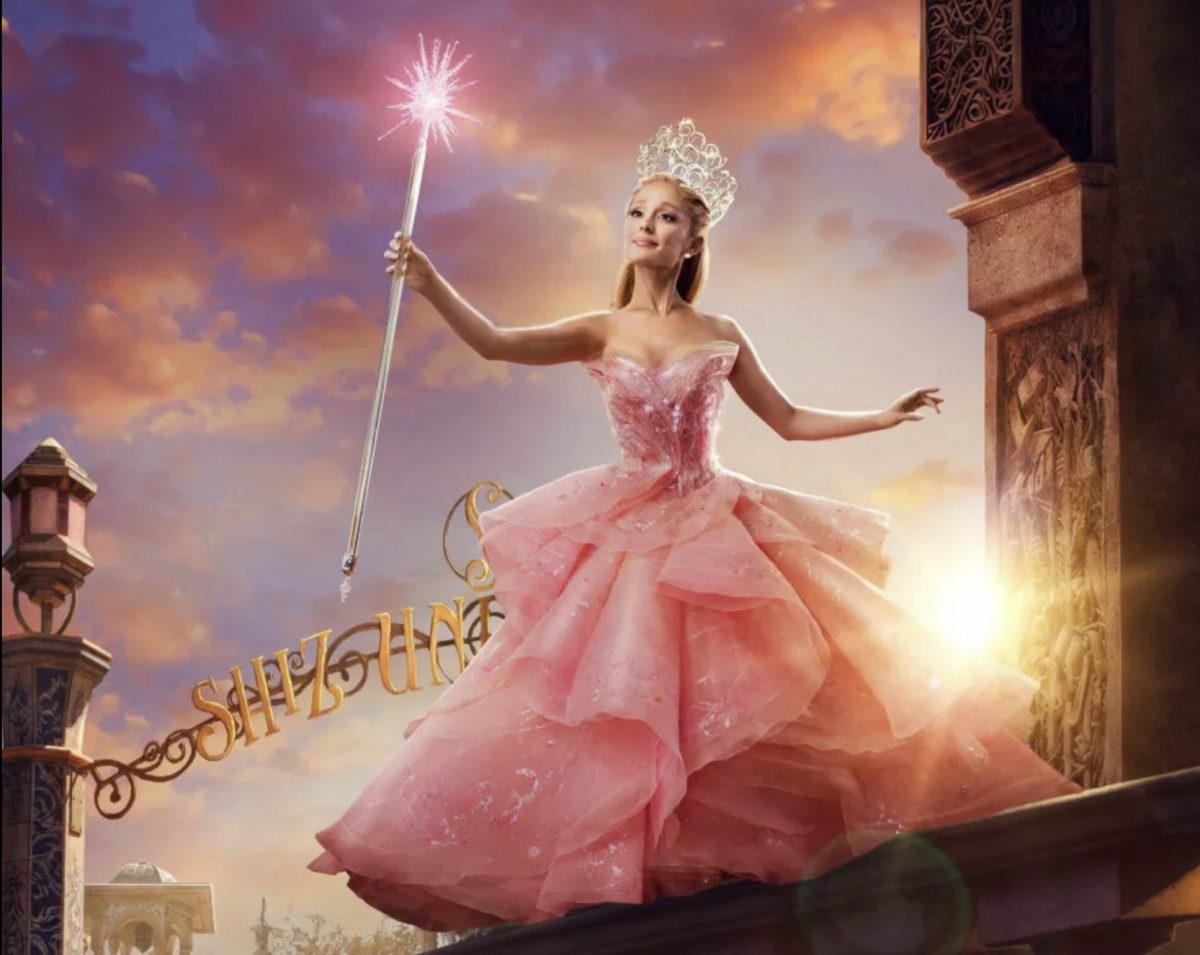How many magazines are you subscribed to? Some of the most well known magazines, like PEOPLE, Time, The New Yorker, and VOGUE, have up to 1 million to 10 million subscribers globally. Despite the loyal audience of magazines still to this day, magazines are always in constant threat of its rising competition: social media.
Social media consists of websites that allow the production of content and information that is easily accessible and spreads fast. Since the beginning of the twenty-first century, social media has been a raging topic with how it revolutionized social networking across the world. But social media has many negative impacts that have been discussed, mentioned, and debated. A negative effect that I don’t think has been mentioned is the similitude in modern pop culture.
Trends before and after social media
A trend can be anything that has become vastly popular in a short period of time. Trends do not last forever, and as time passes a new trend arrives. But the speed of trends were not always at this fast pace. Before social media, trends would have to be extended through newspapers, magazines, television, and radio. But soon after the mid nineteenth-century and twentieth-century century, social media began to rise. Now, those magazines or television productions are replaced with the cellular devices we use everyday that provide these trends with far more speed and influence. We’ve normalized this sense of following , where we can be easily persuaded by someone’s opinion or personality that we idealize This factor can be nice, but social media’s wide spread of trends just does the work of showing people’s personalities and normalizes lacking the structure of individuality.
The fear of being different
Let’s be honest: how many of us grow up fearing being different or getting bullied for being different? Or wanting a certain thing because every other kid had it? Naturally as humans, we want to fit in and bleed into our environments. This desire can even be traced into teenhood, with wanting to understand jokes and share similar interests with t our friends. This desire can cause some to be self-conscious, or trigger mental and social problems if they cannot achieve it.
The fear of being different is deeply rooted in human history. For centuries, there has been judgment and violence over different beliefs, different opinions, different races, etc. The world has never had peace with differences, and it still hasn’t made peace with differences. So it’s not surprising that the fear of it still shadows over our current generation, even in the most subtle ways, including who we choose to be.
What to take away
We live in a time where everything is moving fast and all we can do is go along with the speed of it. But I do think it’s important to step back and take time to analyze the roots of what we currently consider normal. As the time continues, technology will only get more advanced, and it’s important that we take into account the impact it has now. Trends can be beneficial to bring different groups together, but it’s important that we still explore ourselves outside of these groups so trends don’t define who we are. The comfort in being the same can be sacrificed for the freedom of individuality.








